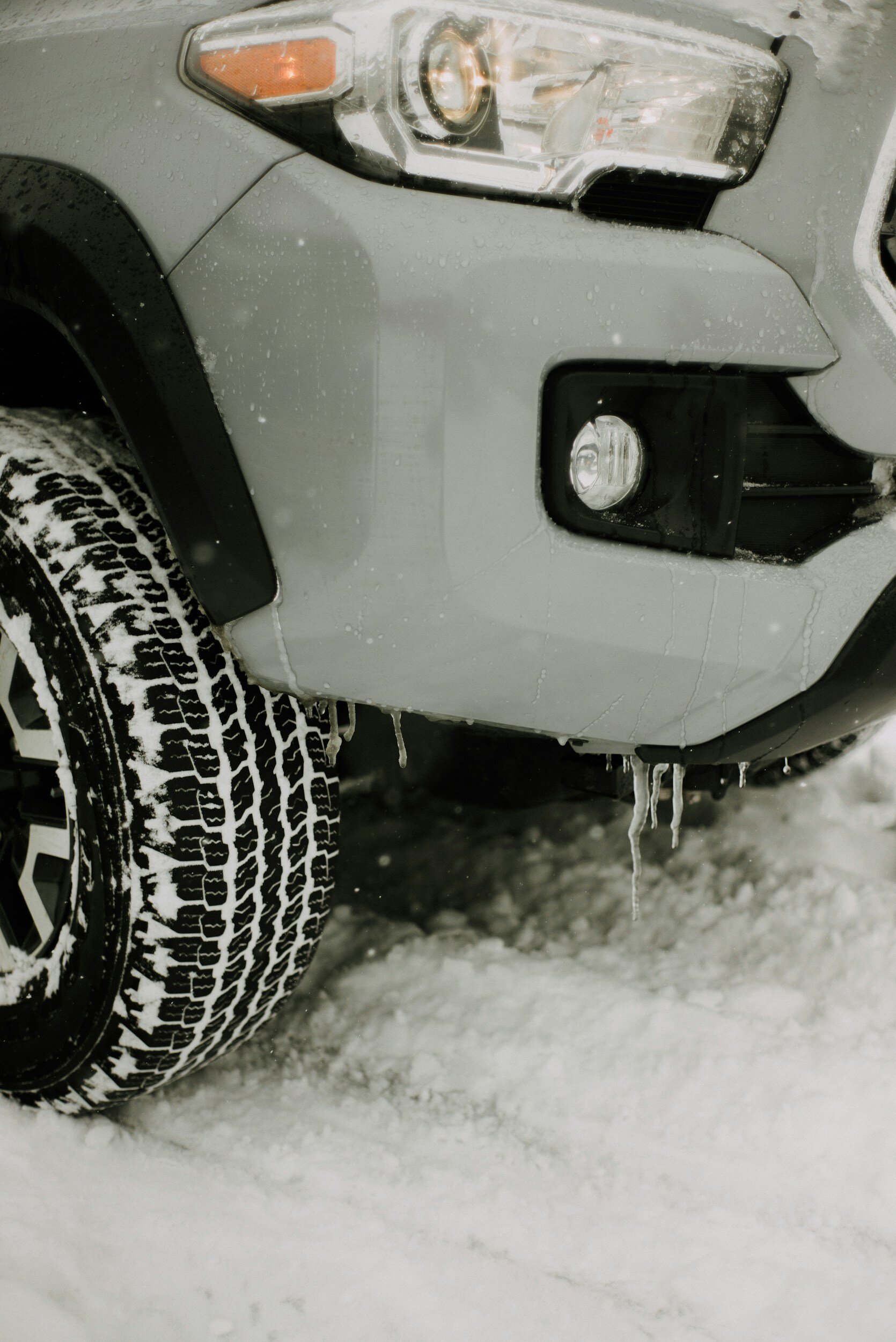Written By John Bryant
Smart Travel in All Seasons: New York’s AI Approach to Road Safety

A New AI model will soon make travel decisions easier with a high level of accuracy.
For me, this is big. How many times have you wondered, after a Winter Event, are the streets and highways really that bad? Should I chance it? I think the answers to these questions will come with a bit more confidence and clarity very soon.
When the roads of New York State turn into unpredictable ribbons of ice, snow, and slush, a groundbreaking approach is making travel safer and brighter than ever before. This innovation combines the vigilant eyes of traffic cameras with the prowess of artificial intelligence (AI) to provide real-time, granular classifications of road surface conditions. I believe this experiment will be gigantic for winter travel, offering a glimpse into a future where technology and safety intersect in powerful ways, and it is not just about snow but all weather types and I expect to see this across a good bit of the United States sooner rather than later.
The Challenge of Winter Roads
Winter weather presents a notorious challenge for travelers and city planners alike. Traditional methods of monitoring road conditions, ranging from physical inspections to relying on reports from the public, are often reactive and can leave gaps in the coverage that can lead to accidents and unsafe driving conditions. Recognizing these challenges, New York State has embarked on an ambitious project to harness AI and traffic cameras to revolutionize how we understand and react to winter road conditions.
This innovation’s heart is an AI model that analyses images from statewide traffic cameras. These cameras, strategically placed to monitor road conditions, capture the nuances of the road surface that might elude the human eye. However, the AI can interpret these images, which marks a significant leap forward. The model can distinguish between dry, wet, icy, or snow-covered roads and even identify more complex conditions like wet roads that are on the cusp of freezing.
The AI model does more than classify; it predicts. By analyzing patterns over time, the system can forecast changes in road conditions, giving travelers and authorities a valuable window to make informed decisions. This predictive capability is particularly beneficial in regions where weather conditions can shift rapidly, offering a buffer against the unexpected.
A closer look at granular classifications.
One of the most compelling aspects of this technology is its ability to provide detailed classifications of road conditions. No longer are assessments binary, safe or unsafe. Instead, the AI can detect subtle nuances, such as patches of ice on an otherwise dry road or the beginning signs of slush accumulation. This granularity extends to space and time, with the system capable of pinpointing specific road segments at risk and providing timely updates as conditions evolve.
The Impact on Winter Travel
The implications of this technology for winter travel are vast. For everyday travelers, it means access to real-time information that can inform decisions about whether to embark on a journey during winter weather. For city and state authorities, it offers a tool to deploy resources more effectively, such as salt trucks and snowplows to areas in need, enhancing the efficiency of winter road maintenance operations.
This approach has the potential to significantly reduce accidents and improve road safety during the winter months. By offering a clearer picture of road conditions, drivers can confidently adjust their behavior accordingly by slowing down, taking alternative routes, or postponing travel.
As we move forward, integrating AI and traffic camera technology in New York State is a promising model for other regions grappling with winter weather challenges. It exemplifies how innovative technology can be leveraged to make our roads safer, our travel decisions smarter, and our winter experiences less daunting.
This project is not just about safer roads but about setting a precedent for harnessing technology to address complex challenges. As we continue to refine and expand these systems, winter travel’s future looks safer, brighter, and more predictable than ever before.
By embracing this technology, New York State is not only navigating through the snow but also paving the way toward a safer, brighter future for all travelers.
Thanks to the University of Albany and the New York Department of Transportation for partnering on this project to help keep us all safer.
